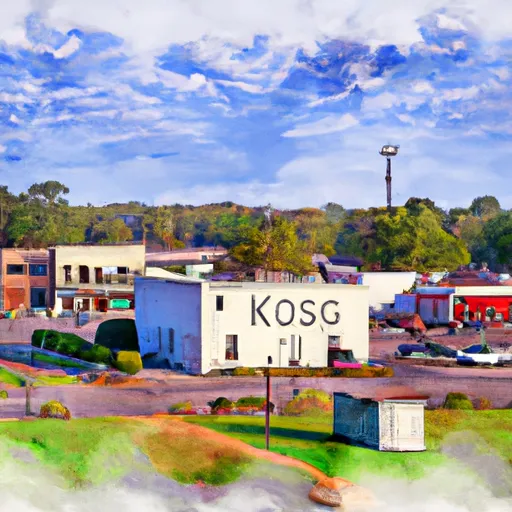°F
°F
mph
Windspeed
%
Humidity











Kossuth is a small community located in Alcorn County, Mississippi. It experiences a humid subtropical climate, characterized by hot and humid summers, and mild winters. Summers in Kossuth can be quite hot, with temperatures frequently reaching the 90s Fahrenheit (30s Celsius), while winters are generally mild with temperatures in the 40s to 50s Fahrenheit (5 to 15 degrees Celsius). The region receives ample rainfall throughout the year, averaging around 55 inches annually.
As for hydrology constituents, Kossuth is situated near the Hatchie River, which flows through Alcorn County. The river provides water resources, as well as opportunities for fishing and boating enthusiasts.
Outdoor recreation opportunities in Kossuth are abundant. The region is blessed with lush forests, making it an ideal location for hiking and nature walks. Nearby Pickwick Lake offers various water activities, including fishing, swimming, and boating. Additionally, individuals can explore nearby state parks, such as Tishomingo State Park, which offers camping, hiking, and rock climbing opportunities.
In summary, Kossuth, Mississippi, is a small community with a humid subtropical climate, providing hot summers and mild winters. The area benefits from its proximity to the Hatchie River and offers outdoor enthusiasts numerous recreational opportunities, including fishing, boating, hiking, and camping.
Weather Forecast
Kossuth receives approximately 1444mm of rain per year, with humidity levels near 89% and air temperatures averaging around 16°C. Kossuth has a plant hardyness factor of 7, meaning plants and agriculture in this region tend to thrive during the non-winter months.
Regional Streamflow Levels
2,950
Cubic Feet Per Second
6,680
Cubic Feet Per Second
70
Cubic Feet Per Second
960
Cubic Feet Per Second
Nearby Camping
| Camping Area | Reservations | Toilets | Showers |
|---|---|---|---|
| Turkey Fork Rec. Area | |||
| Citronelle Lakeview RV Park | |||
| Lakeview RV City Park | |||
| Archusa Creek Waterpark | |||
| Maynor Creek Waterpark | |||
| Charley Brown City Park |



